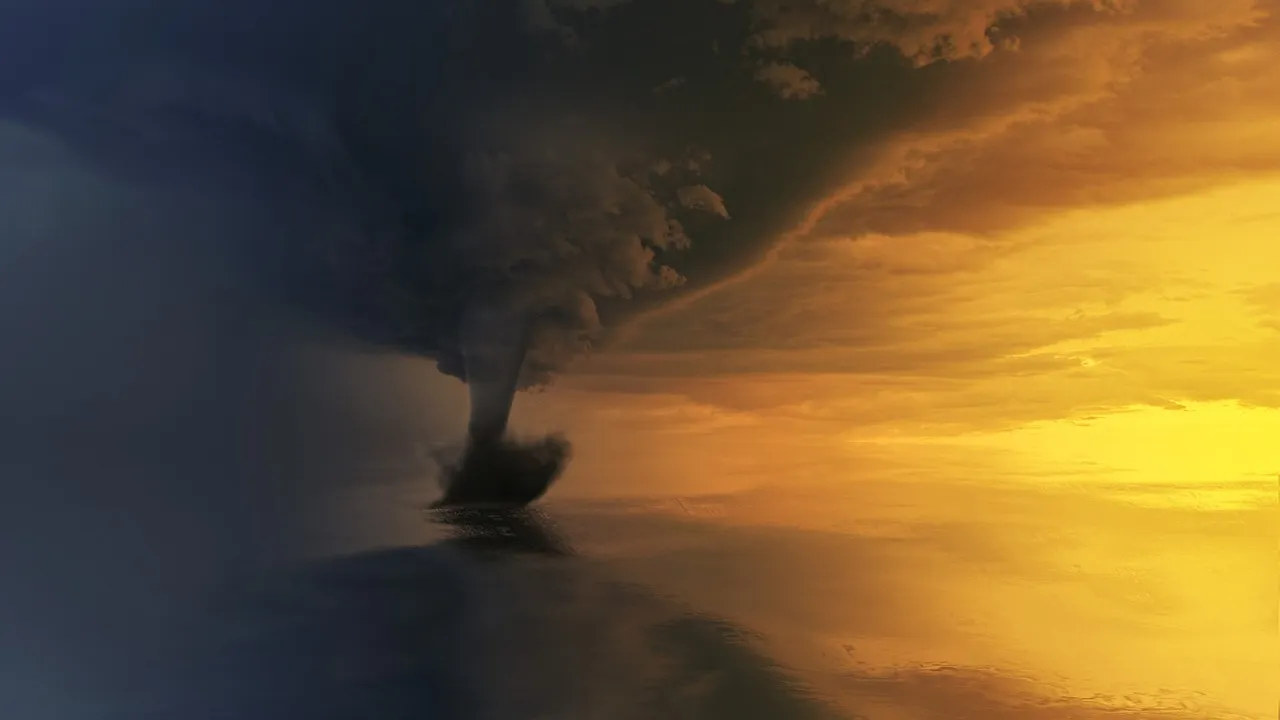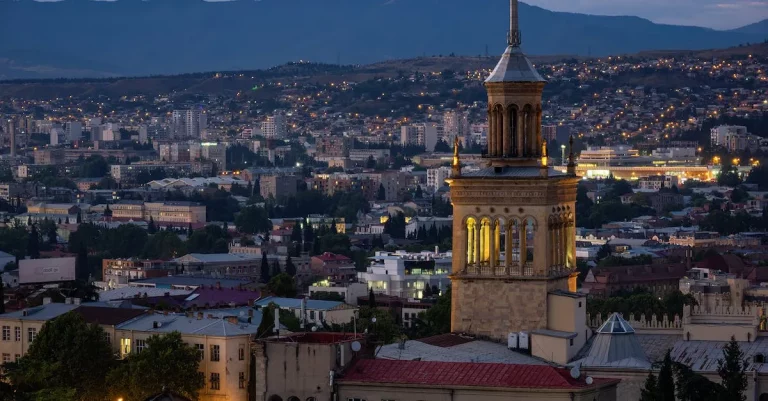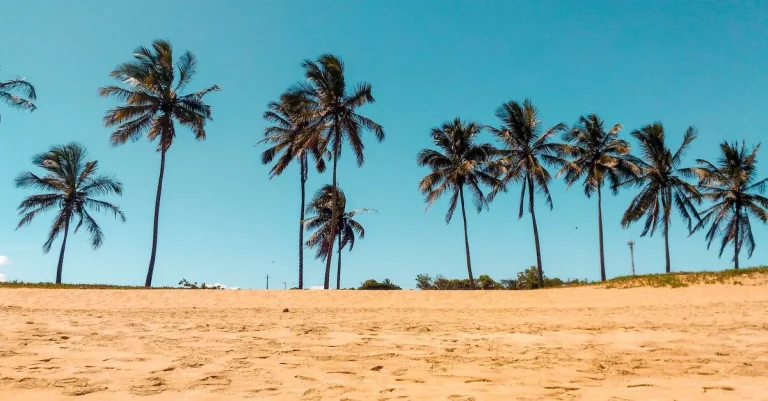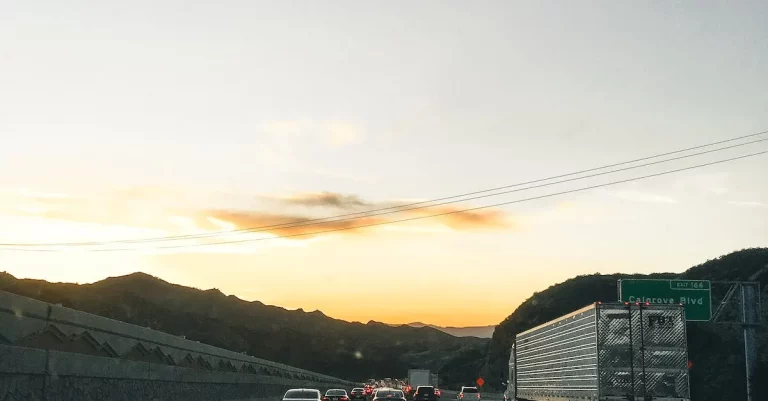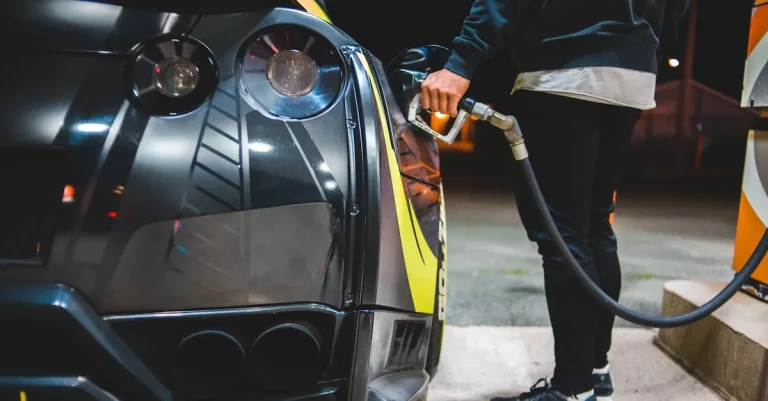Do Tornadoes Hit Seattle? An In-Depth Look At The Risks
If you live in or plan to move to the Seattle area, you may wonder about the risk of dangerous weather like tornadoes. Coming from tornado-prone areas like the Midwest and South, Pacific Northwesterners are often surprised by the relative lack of tornadoes in the region.
If you’re short on time, here’s the quick answer: While rare, tornadoes can and occasionally do strike the Seattle area. However, the risk is substantially lower compared to the central plains Tornado Alley. Seattle’s hilly terrain, cool climate, and position near the Pacific Ocean limit tornadic development.
Tornado Climatology of Washington State
When it comes to tornadoes, Washington State may not be the first place that comes to mind. While tornadoes are more commonly associated with the central United States, Washington does experience tornadoes, although they are relatively rare compared to other parts of the country.
Understanding the tornado climatology of Washington can help residents and visitors be prepared for the potential risks.
Average Number of Tornadoes Per Year
On average, Washington State sees about 2 to 3 tornadoes per year. These numbers may seem low compared to tornado-prone states like Oklahoma or Kansas, where hundreds of tornadoes can occur annually. However, it is important to note that even a few tornadoes can have significant impacts on communities and individuals.
Typical Tornado Strength
Tornadoes in Washington State are generally weaker compared to those in the central United States. The majority of tornadoes in Washington are classified as EF0 or EF1 on the Enhanced Fujita scale, which measures tornado intensity based on damage caused.
These tornadoes typically have wind speeds ranging from 65 to 110 miles per hour. While these tornadoes may not be as powerful as their counterparts in the Midwest, they can still cause damage to structures and pose a risk to human safety.
Peak Tornado Season
The peak tornado season in Washington State typically occurs during the spring and early summer months. This is when the atmospheric conditions are most favorable for the development of tornadoes. However, tornadoes can occur at any time of the year, so it is important to be prepared and stay informed about weather conditions.
Most Affected Areas
Tornadoes in Washington State are most commonly observed in the eastern part of the state, particularly in the region known as the Columbia Basin. This area is more prone to tornado activity due to its proximity to the Rocky Mountains and the presence of favorable atmospheric conditions.
However, tornadoes can occur in other parts of the state as well, so it is important for all Washington residents to be aware of the potential risks.
For more information on tornado climatology in Washington State, you can visit the National Weather Service website at www.weather.gov. It is always a good idea to stay informed about weather conditions and have a plan in place in case of severe weather events, including tornadoes.
Notable Tornado Events in Seattle History
The 1962 F3 Alki Point Tornado
One of the most significant tornado events in Seattle’s history occurred in 1962, when an F3 tornado hit Alki Point. The tornado caused significant damage, tearing roofs off buildings, uprooting trees, and damaging vehicles.
Fortunately, there were no reported fatalities, but several people sustained injuries. The Alki Point tornado served as a wake-up call for the city, highlighting the need for increased preparedness and understanding of tornado risks in the region.
September 1993 Outbreak
In September 1993, Seattle experienced a rare outbreak of tornadoes. Multiple tornadoes touched down in various locations in and around the city, causing damage to homes and infrastructure. Although the tornadoes were relatively weak, with wind speeds ranging from EF0 to EF1, they served as a reminder that tornadoes can occur even in areas not traditionally prone to severe weather.
This event prompted local authorities to reassess emergency response plans and raise awareness about tornado safety in the community.
August 2015 EF-0 Tornado
Another notable tornado event in Seattle’s history took place in August 2015 when an EF-0 tornado touched down in the city. This tornado formed over Lake Washington and moved towards the University of Washington campus, causing minor damage to trees and buildings.
While the EF-0 rating indicates relatively weak wind speeds, it still demonstrated that tornadoes can occur in unexpected places. The 2015 tornado highlighted the importance of staying informed and prepared for severe weather events, even in areas not typically associated with tornado activity.
For more information on tornadoes and their impact on Seattle, you can visit the Seattle Office of Emergency Management website.
Tornado Formation Factors in Seattle
When it comes to tornadoes, Seattle is not typically the first city that comes to mind. However, understanding the factors that contribute to tornado formation in this region can help shed light on the risks involved.
Seattle’s unique geographical features and weather patterns play a significant role in determining the likelihood of tornadoes occurring in the area.
Influence of the Puget Sound
The presence of the Puget Sound, a deep inlet of the Pacific Ocean, has a moderating effect on Seattle’s climate. The cool marine air flowing in from the sound can inhibit the formation of tornadoes. The relatively stable air mass helps to minimize the necessary ingredients for tornado development, such as strong temperature and moisture gradients.
While tornadoes can still occur in coastal areas near the Puget Sound, the influence of the marine air makes them less common in Seattle itself.
Rain Shadow Effect
Seattle is located in the rain shadow of the Olympic Mountains, which means it receives less rainfall compared to areas on the windward side. This drier climate further decreases the likelihood of tornado formation.
Tornadoes thrive in environments with abundant moisture, and the reduced rainfall in Seattle limits the available moisture for severe storms to develop. However, it’s important to note that while tornadoes may be less frequent in Seattle, severe thunderstorms can still occur, bringing strong winds, heavy rain, and hail.
Few Interactions with Dryline Boundaries
The Pacific Northwest, including Seattle, experiences a maritime climate characterized by mild temperatures and ample rainfall. Unlike the Great Plains region, which frequently encounters dryline boundaries, Seattle has fewer interactions with these atmospheric boundaries.
Drylines, which separate moist and dry air masses, are often associated with tornado formation. The reduced prevalence of dryline boundaries in Seattle contributes to the lower risk of tornadoes in the region.
For more information on tornadoes and their formation, you can visit the National Oceanic and Atmospheric Administration’s website at www.noaa.gov.
Seattle’s Tornado Warning System
While tornadoes are not as common in Seattle as they are in other parts of the United States, it is still important for the city to have an effective tornado warning system in place. The safety of its residents is a top priority, and being prepared for any potential natural disaster is crucial.
Doppler Radar Coverage
One of the key components of Seattle’s tornado warning system is the use of Doppler radar. Doppler radar is a specialized type of radar that can detect the movement of precipitation and other objects in the atmosphere.
This technology allows meteorologists to track severe weather conditions, such as tornadoes, in real-time.
Seattle is fortunate to have excellent Doppler radar coverage, with multiple radar stations strategically located throughout the region. These radar stations provide meteorologists with accurate and up-to-date information about severe weather systems, enabling them to issue timely tornado warnings to the public.
Role of Local Media and Emergency Alerts
Another important aspect of Seattle’s tornado warning system is the role of local media and emergency alerts. When a tornado warning is issued, local news stations and radio stations play a crucial role in disseminating this information to the public.
They provide updates on the current situation, safety guidelines, and evacuation procedures if necessary.
In addition to traditional media outlets, emergency alerts are also sent out through various communication channels, such as text messages, phone calls, and smartphone apps. These alerts ensure that as many people as possible receive the warning and can take appropriate action to stay safe.
Community Tornado Shelters
Seattle has designated community tornado shelters in place to provide a safe haven for residents during severe weather events. These shelters are strategically located throughout the city and are equipped with emergency supplies, such as food, water, and medical kits.
It is important for residents to familiarize themselves with the locations of these shelters and have a plan in place for seeking shelter in case of a tornado warning. Knowing the nearest shelter and the safest route to get there can make all the difference in ensuring the safety of individuals and families.
Staying Safe in a Seattle Tornado
Have a Plan and Identify Shelter
While tornadoes are not as common in Seattle as they are in other parts of the country, it is still important to have a plan in place and identify a safe shelter area in case one does occur. Tornadoes can develop quickly and without much warning, so having a plan ahead of time can help you and your family stay safe.
Identify a designated area in your home, such as a basement or an interior room on the lowest level, where you can take cover during a tornado. Make sure everyone in your household knows where this area is and how to get there quickly.
Pay Attention to Warnings
Stay informed about weather conditions by regularly checking local news and weather reports. The National Weather Service issues tornado warnings when a tornado has been sighted or when radar indicates the presence of a tornado.
Take these warnings seriously and follow any instructions given by local authorities. It’s important to stay calm and act quickly when a tornado warning is issued. Remember, every second counts when it comes to staying safe during a tornado.
Prepare an Emergency Kit
Having an emergency kit ready can make a big difference in how well you and your family cope during and after a tornado. Your emergency kit should contain essential items such as non-perishable food, water, a first aid kit, flashlights, batteries, a battery-powered radio, extra clothing, and any necessary medications.
Keep your emergency kit in a designated area that is easily accessible in case you need to grab it quickly during a tornado or other emergency situation.
Follow Safety Tips During a Tornado
During a tornado, it’s crucial to follow safety tips to maximize your chances of staying safe. If you are in your home, go to your designated shelter area and take cover. If you are in a mobile home or a vehicle, leave immediately and find a sturdy building to take shelter in.
If you are caught outside and unable to find shelter, lie flat in a low-lying area, such as a ditch, and protect your head with your hands. Avoid seeking shelter under highway overpasses, as they can create a wind tunnel effect and be more dangerous.
Remember, it’s always better to be prepared and take precautions than to be caught off guard during a tornado. By having a plan, paying attention to warnings, preparing an emergency kit, and following safety tips, you can help ensure the safety of yourself and your loved ones in the event of a tornado in Seattle.
Conclusion
While not immune, the Seattle area is at lower risk for tornadoes compared to notorious regions like Tornado Alley. Cool maritime air from Puget Sound, the rain shadow effect, and lack of interaction with dryline boundaries limit tornadic development. Still, small tornadoes do occasionally form, like the 1962 Alki Point tornado. By having an emergency plan, paying attention to warnings, and knowing safety tips, Seattle residents can stay prepared even if a rare tornado spins up in the metro area.

